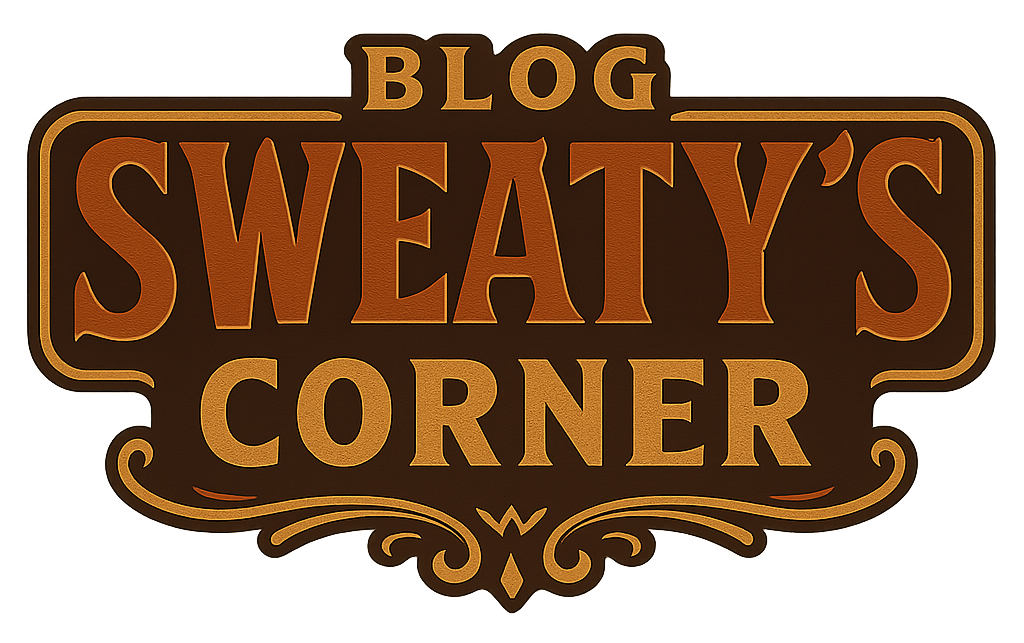A sober read of the nation
A guest OpEd by Damon Linker explains why Trumpism is going to be the future of Republicanism even after Trump leaves the scene. A compelling read.

This morning, as I was nibbling on some fresh fruit from the breakfast buffet at my hotel, I clicked on a guest Opinion piece in the NY Times by Damon Linker. Now, I have at times read Linker, and I even paid for a year of his Substack, but I let that lapse because frankly, I couldn't stand his smugness and condescention to people not on the right. He is your classic wonky conservative, and a true Never Trump person.
That said, the title of this piece caught my eye:

I wasn't sure what I would read, but because I realize that a lot of my fellow left-of-center travelers are of the opinion that when Trump shuffles off this mortal coil, be it from choking on a bone from a piece of Original Recipe KFC, or because his brain finally congeals into the goo that it is certainly heading towards, that MAGA dies with Trump. They argue that without the orange menace, MAGA will fall apart, pointing to how awful JD "Couchfucker" Vance is, or how Don Jr is a buffoon, or any one of endless arguments.
Balderdash. MAGA is the Republican party, and the Republican Party is MAGA, full-stop. There is no "sane" coalition waiting in the wings to pounce when Trump passes on and to restore the pre-2016 "greatness" of Republicanism. You can't go back home.
No, this train has been headed this way since the rise of the New Right in the 1970's, the folding in of the Evangelicals by Reagan, and the at-first sotto voce racism that brought the white working class into the coalition, and built the juggernaut that is the modern Republican party.
But, as Linker posits in this quite good piece (I do recommend you read it), the Republicanism that spanned from the 1970's through the end of the Dubya administration is the outlier in a history of Republicanism in the US.
He asks: Is the future of the Republican party Reaganism, or Trumpism? Alas, he lays out the case that Trumpism is at the core of what Republicanism is.
Viewed in the long arc of American political history, it’s the Reaganite dispensation that appears to be an aberration. The period stretching from the Cold War, and especially Reagan’s election in 1980, through the presidency of George W. Bush and the candidacies of John McCain and Mitt Romney, was an unusual and fleeting moment of moderation and responsibility for the G.O.P. It was provoked and inspired by the sense of threat and moral clarity of the Cold War and its immediate aftermath.
Before (and occasionally during) this period, the American right was animated by something much darker — a spirit of furious reaction to modern liberalism, an unwillingness to countenance compromise with the realities of governing a sprawling continentwide commercial nation and a conviction that political wisdom lay in the country’s turning inward and indulging a temptation toward self-absorption.
He makes the case that until the cold war, the core essence of Republicanism was inwardly focused, anti-progress, and focused on keeping the "others" down while removing all restrictions on the plutocrats.
He goes back to the candidacy of Taft in the Republican primaries in 1952 (that he lost to Ike) in this snippet:
In 1952, the Republican Party faced a stark and fateful choice. Senator Robert Taft of Ohio ran for president advocating an agenda that rejected much of what had happened in the country over the previous two decades. His campaign was the last gasp of the Old Right that had risen during the 1930s in angry defiance of the New Deal. The Democrats, led by Franklin Delano Roosevelt, vastly expanded the size and scope of the federal government in response to the Great Depression, then went on to defeat the Axis powers in World War II and begin the Cold War.
Mr. Taft disdained it all. His campaign came out strongly against labor unions, the welfare state that emerged from the New Deal, the newly initiated Cold War and the freshly founded NATO alliance. Mr. Taft promised a return to the pro-business, laissez-faire, go-it-alone unilateralism of the pre-F.D.R. Harding, Coolidge and Hoover administrations. In making his case to his party and the electorate, Mr. Taft drew on arguments forged by writers like Garet Garrett, a prominent columnist for the Saturday Evening Post, who accused F.D.R. of creating a “vast, dictatorial bureaucracy” that “crippled the free competitive system that was working in this country.”
The Republican party that had ridden the economy into the Great Depression during Hoover's administration was never truly on board with the New Deal and the reforms of the FDR admininstration(s), and they harbored a grand hope that they would be able to dismantle the adminstrative state. Eisenhower was an anomaly, and he recognized that the excesses of the Robber Baron era, the correction of the progressive era of Teddy Roosevelt, and the restoration of the lassaiz faire capitalism in the go-go Roaring 20's was why the New Deal reforms were what we needed as a nation, and electorally, that was the balm we needed.
Linker then points to the inflection point, the falling of the USSR and the nominal end of the Cold War was an opening for the paleoconservatives. Starting with Pat Buchanan's candidacy in 92, this opened a gambit:
Discontented factions on the right first began to rebel against their marginalization immediately after the end of the Cold War and demise of the Soviet Union, gathering in 1992 around Patrick Buchanan’s surprisingly potent primary challenge to Mr. Bush’s bid for re-election. As the writer John Ganz explains, Mr. Buchanan channeled ideas formulated by Samuel Francis, an irascible “paleoconservative” critic of the Reagan-Bush years who denounced both presidents and their cheerleaders for compromising far too much with the liberal drift of the country over the previous decades.
This was coming to a head at the end of the Clinton terms, but Dubya was able to one last time hold the Republican coalition together, although there were plenty of stress cracks forming:
The next Republican to hold the White House — George W. Bush — held the fractious right together during the 2000 election by promising tax cuts, policy gains for conservative religious voters and a moratorium on “nation building” around the world. Sept. 11 scrambled this mix of priorities. But the administration’s bellicose response to that day’s shocking events — which included updating the Cold War script to portray the global war on terror as a battle for freedom against the enemies of civilization — largely satisfied the most rabid factions of the Republican base.
Then came Obama, the rise of the Tea Party, and ultimately, the full Trumpification of the party, and now the nation.
The irony is, that until the business focused hard kernel of the Republican party in the mid 1970's began flexing their economic muscles (by the creation of the then-new PAC's) to elect their preferreed candidates, the Republican party was about 20% of the electorate. Had the businessmen not found the will to donate massive funds, and then had Reagan not folded in all the Evangelicals with not-so-silent dog whistles, and added the not small cadre of dedicated racists, we wouls likely not be here today.
But we are.
I do recommend reading the full piece, it is why I originally subscribed to Damon's substack (but if you read his stack, you can figure out why I let it lapse).




